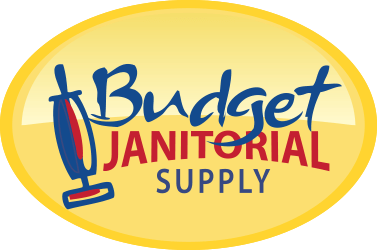How to choose BAGS & CAN LINERS
Linear Low-Density (LLD)
Tougher transport conditions require the superior tear resistance of LLD liners. This plastic is designed to perform in environments with higher risk of tears orpunctures, either from the can liner contents, surrounding environment or throughtransportation to disposal units, as LLD does not tear easily even after puncture.
High-Density (HD)
When greater puncture resistance and load capacity are the priority, select HD liners. Even with thinner construction, HD liner material delivers puncture and loadbenefits—performing well with waste that is heavy, such as unbroken glass, orother materials that do not have sharp edges.
Strength grade and gauge
Light — Use for crumpled paper, cups and light waste.
Medium — Appropriate for packaging waste, wet paper and similarmixed trash.
Heavy — Choose for light wood, metal scraps and wet cardboard.
Extra-Heavy — Select for when trash is consistently heavy, wet or sharp.
Super/Extra-Heavy — Use on the heaviest cleanup jobs, in warehouses,cafeterias, or facility grounds.
Gauge Equivalents
Strength grades are based on static load, also known as lifting strength. LLD and HD plastic materials achieve the same static load with different gauges; order your bags accordingly.
Capacity
Know the capacity of your receptacles and select the bag or liner to suit. Bags andliners are available in a multitude of sizes; gallon capacity is listed with each itemthroughout this section.
Bottom seals
Star-Seals — The most common type. Conform easily to any shape wastecontainer, distribute weight evenly inside the bag and have the maximumcarrying capacity.
Flat-Seals — Holds more volume than like-sized star seals. Appropriate forsomewhat lighter weight loads.
Gusset-Seals — Another seal found in flat-style bags. Offer a good fit in certainreceptacles and appropriate for somewhat lighter loads.
